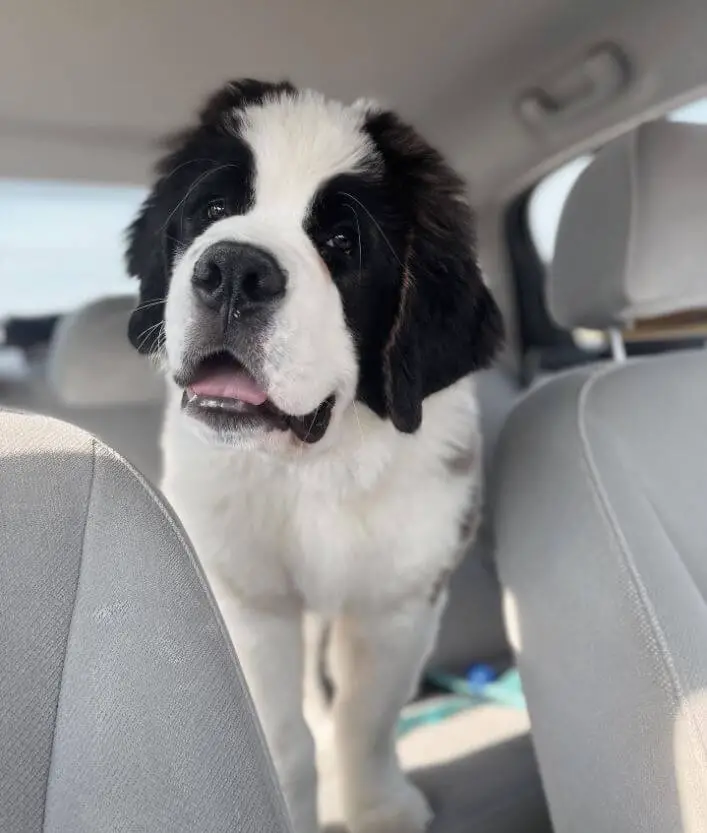Knowing how to perform cardiopulmonary resuscitation (CPR) on dogs can be a lifesaving skill in emergency situations. CPR can help maintain blood flow and provide oxygen to the vital organs until professional veterinary care can be accessed. In this article, we will provide a step-by-step guide on how to perform dog CPR on both small and large pets, equipping you with the knowledge and confidence to respond effectively in critical moments.

Assess the Situation:
Before initiating CPR, assess the situation to ensure your safety and the safety of the dog. Move the dog to a safe area and check for responsiveness. Gently tap the dog and call their name to determine if they are conscious and responsive.
Check the Dog’s Airway and Breathing:
Ensure that the dog’s airway is clear. Open the dog’s mouth, gently extend their neck, and remove any visible obstructions. Next, check for breathing by observing the rise and fall of the chest. Listen for breath sounds and feel for air movement on your cheek.

Perform Chest Compressions:
a. For small dogs:
- Place the dog on a firm surface, preferably at chest level.
- Position your hands just behind the dog’s front legs, over the widest part of the chest.
- Interlock your fingers and apply gentle pressure.
- Perform compressions at a rate of 100-120 compressions per minute, pressing down about one-third to one-half of the chest width.
- Compress the chest 30 times, allowing for full recoil after each compression.
b. For large dogs:
- Place the dog on a firm surface, preferably on the ground.
- Position one hand on top of the other, with the base of your palm over the widest part of the chest.
- Apply firm pressure, using both hands, to depress the chest.
- Perform compressions at a rate of 100-120 compressions per minute, pressing down about one-third to one-half of the chest depth.
- Compress the chest 30 times, allowing for full recoil after each compression.

Provide Rescue Breaths:
After the 30 chest compressions, provide rescue breaths to the dog.
a. For small dogs:
- Maintain an open airway by extending the dog’s neck.
- Place your mouth over the dog’s nose, forming a tight seal.
- Blow gently into the nose, watching for the chest to rise.
- Provide two breaths, each lasting about one second.
b. For large dogs:
- Maintain an open airway by extending the dog’s neck.
- Place your hands on either side of the dog’s snout, with the mouth closed.
- Blow into the dog’s nostrils, watching for the chest to rise.
- Provide two breaths, each lasting about one second.

Continue CPR Cycle:
Continue the cycle of 30 chest compressions followed by two rescue breaths until the dog shows signs of recovery or until professional veterinary assistance is available. Regularly reassess the dog’s vital signs and responsiveness throughout the process.
Seek Veterinary Assistance:
Even if you are successful in reviving the dog through CPR, it is crucial to seek immediate veterinary care. The underlying cause of the cardiac or respiratory arrest needs to be identified and treated by professionals.

Learning how to perform dog CPR on small and large pets can be a valuable skill that may save a dog’s life in critical situations. Remember to assess the situation, clear the airway, provide chest compressions and rescue breaths appropriately, and seek professional veterinary assistance as soon as possible. Keep in mind that prevention is key, so take measures to ensure your dog’s safety and reduce the risk of emergencies. By being prepared and knowing how to respond effectively, you can become a trusted caregiver for your furry friend in times of need.
